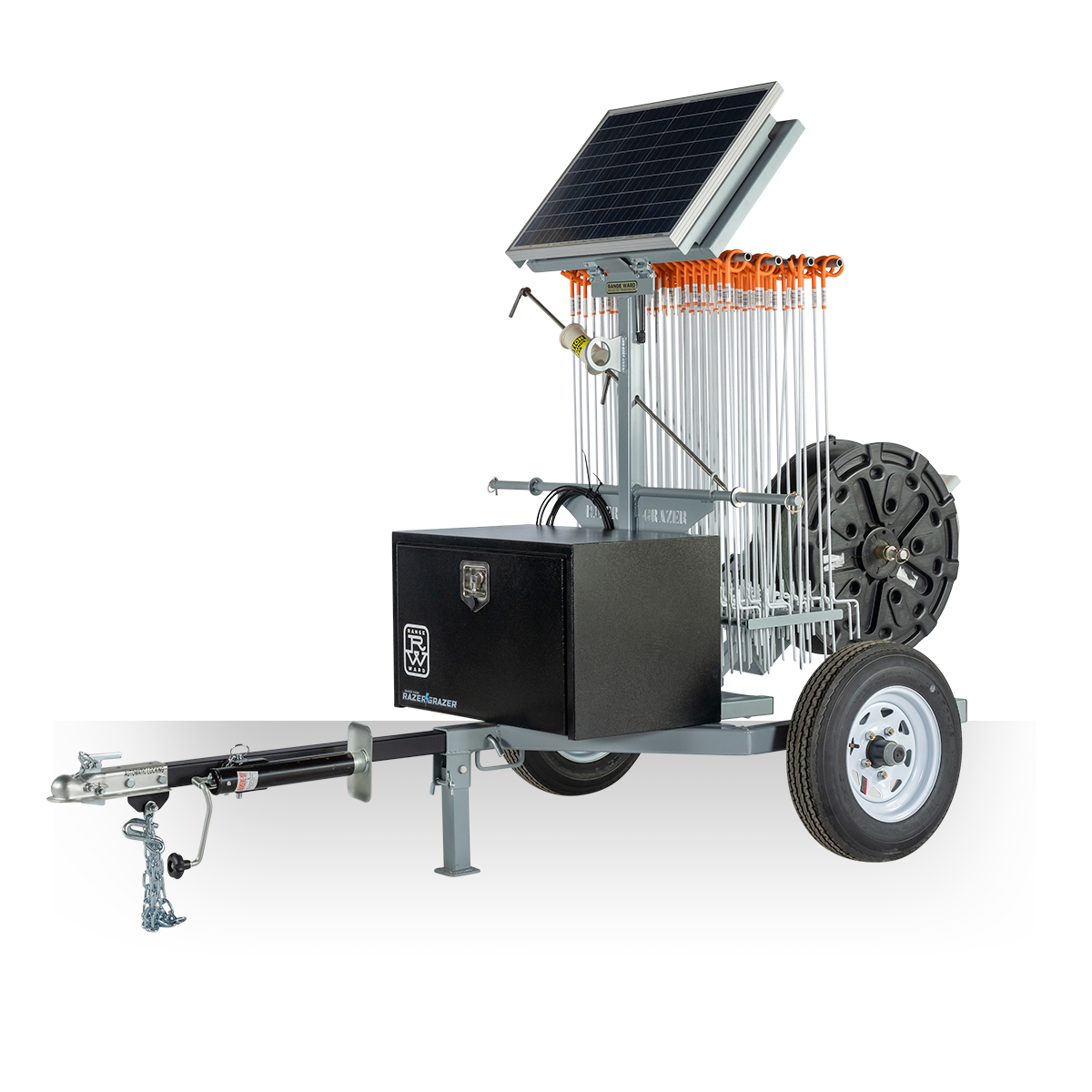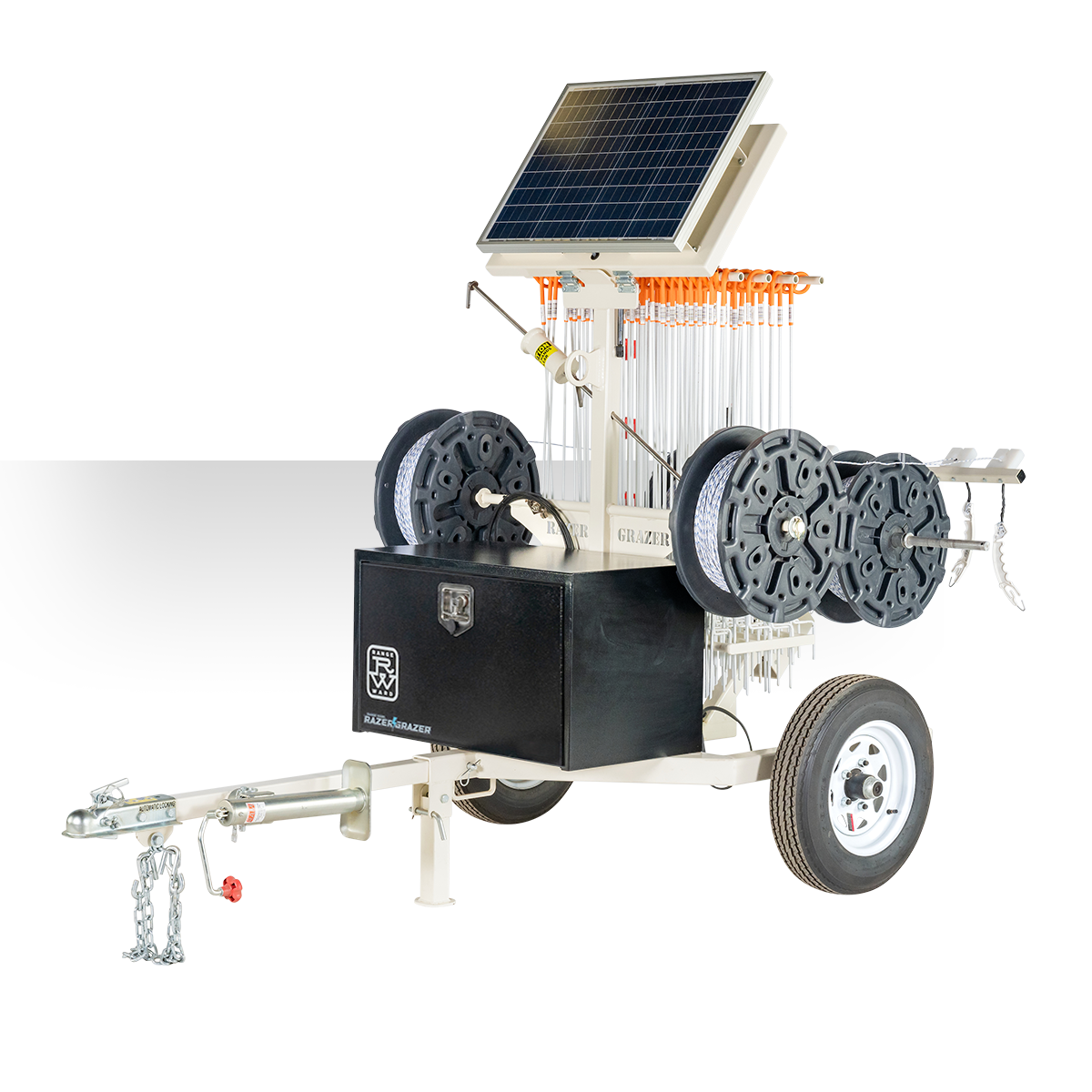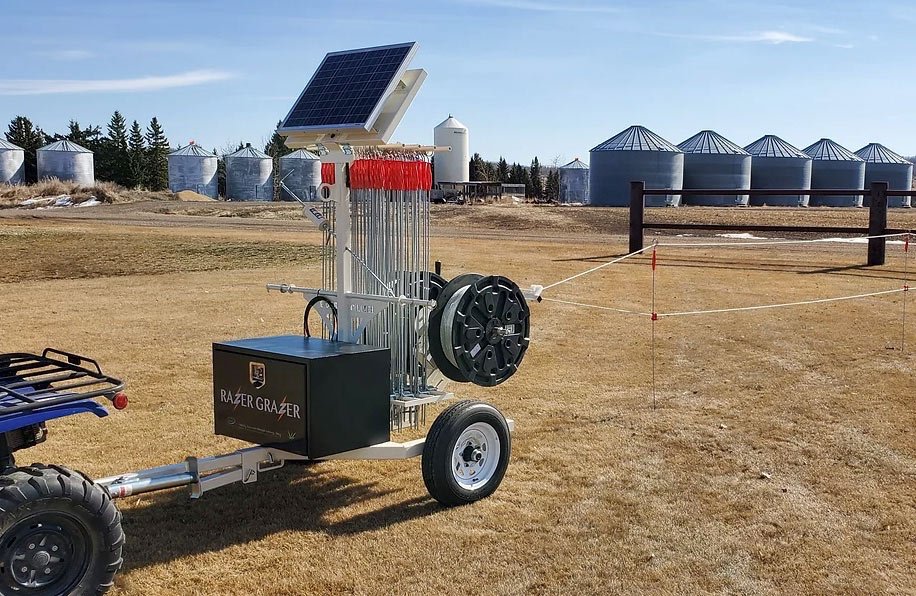What is Regenerative Farming
Regenerative farming is a holistic approach to agriculture that focuses on healing and improving the land rather than just maximizing short-term yields. It's like giving your farm a health makeover, with the goal of making it not only more productive but also more resilient and sustainable in the long run. Here are some key points about it:
-
Mimicking nature: Regenerative farmers aim to work with nature's processes instead of against them. This means practices like minimizing soil disturbance, promoting biodiversity, and encouraging natural nutrient cycles.
Soil health is paramount: Healthy soil is the foundation of a healthy farm. Regenerative practices aim to build soil health by adding organic matter, reducing tillage, and using cover crops. This leads to better water retention, improved nutrient availability, and increased carbon sequestration.
Biodiversity matters: A diverse farm ecosystem with a variety of plants and animals is more resilient to pests, diseases, and extreme weather events. Regenerative practices like planting diverse cover crops and integrating livestock grazing can promote biodiversity.
Long-term thinking: Regenerative farming is a long-term commitment. It takes time to see the benefits, but they can be substantial, including improved soil health, increased yields, reduced reliance on synthetic inputs, and improved profitability.
-
There's no single "regenerative farming" practice, but some common approaches include:
No-till farming: Minimizing soil disturbance by planting seeds directly into unplowed soil.
Cover cropping: Planting additional crops between cash crops to protect the soil, add organic matter, and fix nitrogen.
Composting and manure management: Returning organic matter to the soil to improve its fertility and structure.
Rotational grazing: Moving animals to different pastures regularly to prevent overgrazing and promote plant growth.
Integrated pest management: Using natural methods to control pests rather than relying on synthetic pesticides.
-
Regenerative farming has the potential to address many of the challenges facing agriculture today, including:
Climate change: By sequestering carbon in the soil, regenerative farming can help mitigate climate change.
Soil degradation: Regenerative practices can help rebuild healthy soil, which is essential for food security and ecosystem health.
Water pollution: By reducing reliance on synthetic inputs and improving soil health, regenerative farming can help protect water resources.
Farmer livelihoods: By improving soil health and yields, regenerative farming can help make farms more profitable and resilient.
-
Regeneration International: https://regenerationinternational.org/
The Rodale Institute: https://rodaleinstitute.org/
The National Center for Appropriate Technology (NCAT): https://www.ncat.org/










